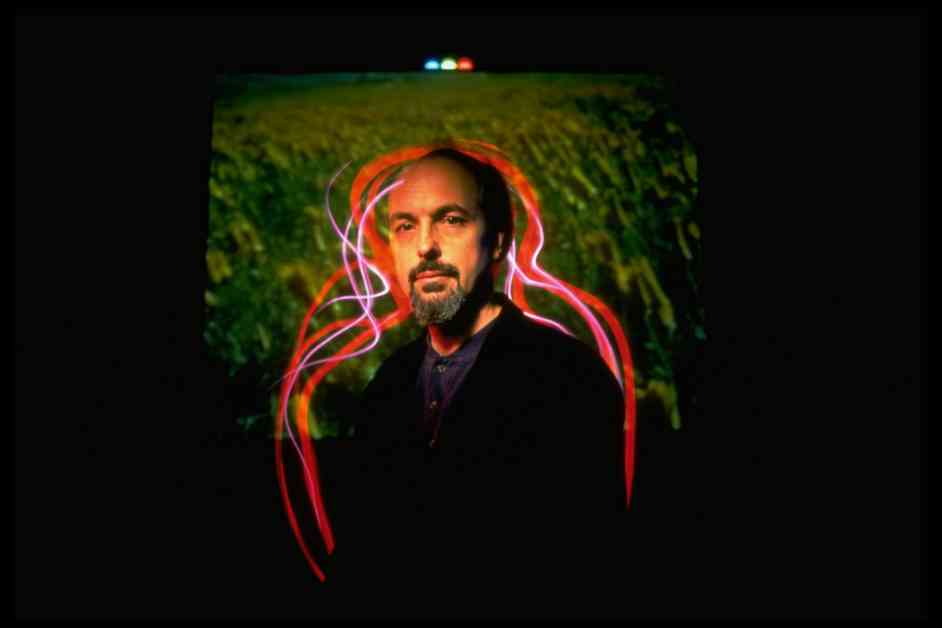Bill Viola was a revolutionary artist who used video to challenge the boundaries of perception and art. His early masterpiece, Chott el-Djerid (A Portrait in Light and Heat), showcased his unique approach to capturing the essence of life and the world around us. Viola’s goal was to push viewers to see beyond the surface and delve into their own inner worlds.
Viola’s work often inspired awe and terror, drawing on his own near-death experience and spiritual beliefs. Through videos like The Reflecting Pool, Viola explored themes of transformation and the invisible forces that shape our lives. His later works, such as Room for St. John of the Cross, merged video footage with sculptural elements to create immersive experiences that evoked deep emotional responses from viewers.
In his late-career works, Viola delved into religious themes, drawing on Christianity, Sufism, and Zen Buddhism to create epic narratives of birth, life, death, and the afterlife. While some critics viewed his later pieces as overly theatrical and spectacular, Viola remained true to his mission of representing the unseen and the unknowable through the lens of a camera.
Viola’s use of the video camera to capture the unseen was particularly evident in Chott el-Djerid, where he ventured into the scorching deserts of Tunisia to explore the limits of perception. By focusing on the mirages and hallucinatory effects of the desert, Viola created a work that transcended the physical world and took viewers on a journey to a place beyond rational understanding.
Overall, Bill Viola’s legacy as an artist who revolutionized the use of video in art continues to inspire and challenge viewers to see the world in new and unexpected ways. His ability to capture the essence of life and perception through his videos remains a testament to his vision and creativity.
